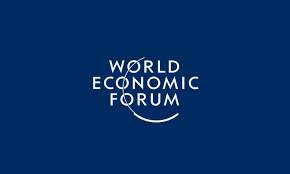Davos, Jan. 17, 2023 – The World Economic Forum (WEF) has predicted that many countries will suffer economic recession in 2023.
Their forecast was made at the ongoing World Economic Forum (WEF) in Davos-Klosters, Switzerland.
The forecast shows that almost two-thirds of the forum’s chief economists believed in inevitability of recession.
They predicted that the cost-of-living crisis may be approaching its peak with a majority (68 per cent) expecting it to have become less severe by the end of the year.
WEF Managing Director, Saadia Zahidi, said: “Some 18 per cent considered a world recession ‘extremely likely’ – more than twice as many as in the previous survey conducted in September last year.
“Only one-third of respondents to the survey viewed it as unlikely this year.
“The current high inflation, low growth, high debt and high fragmentation environment reduces incentives for the investments needed to get back to growth and raise living standards for the world’s most vulnerable.”
The organisation’s survey was based on 22 responses from a group of senior economists drawn from international agencies including the International Monetary Fund (IMF), investment banks, multinationals and reinsurance groups.
The prediction came a week after the World Bank slashed its 2023 growth forecasts to levels close to recession for many countries as the impact of central bank rate hikes intensifies, Russia’s war in Ukraine continues, and the world’s major economic engines sputter.
Definitions of what constitutes recession differ around the world but generally include the prospect of shrinking economies, possibly with high inflation in a ‘stagflation’ scenario.
On inflation, the WEF survey foresees large regional variations: the proportion expecting high inflation in 2023 ranged from just five per cent for China to 57 per cent for Europe, where the impact of last year’s rise in energy prices has spread to the wider economy.
Some of the economists see further monetary policy tightening in Europe and the United States (59 per cent and 55 per cent, respectively), with policy-makers caught between the risks of tightening too much or too little. (GBN)





